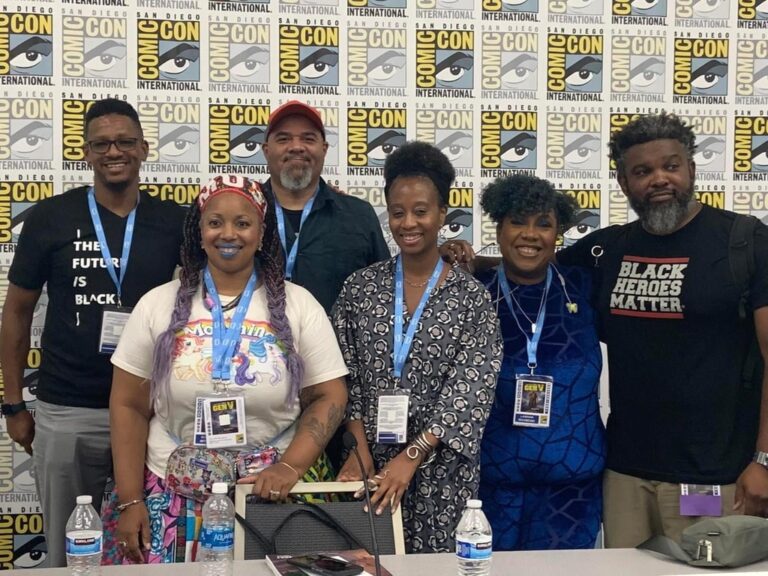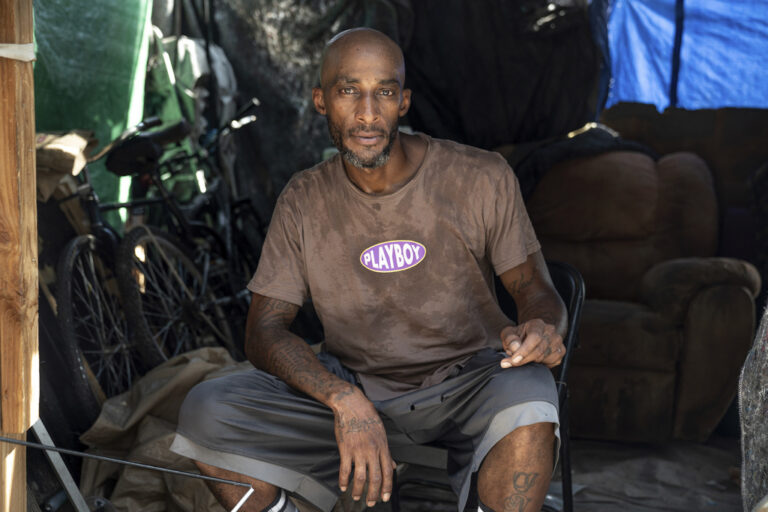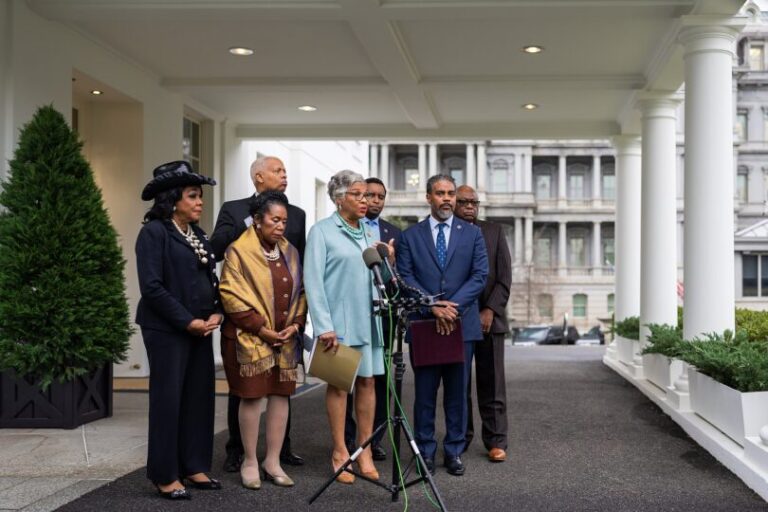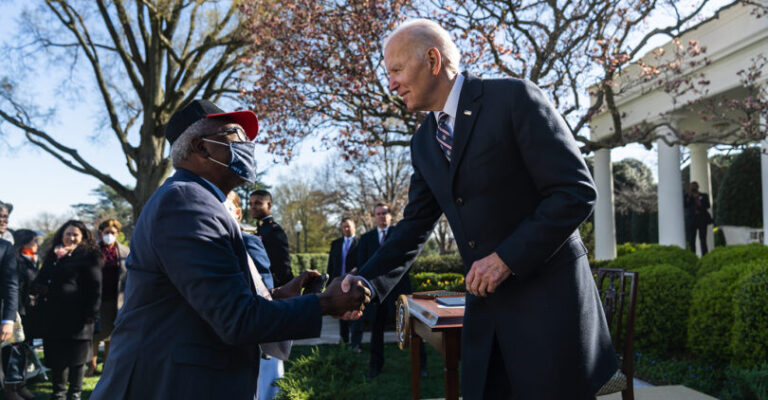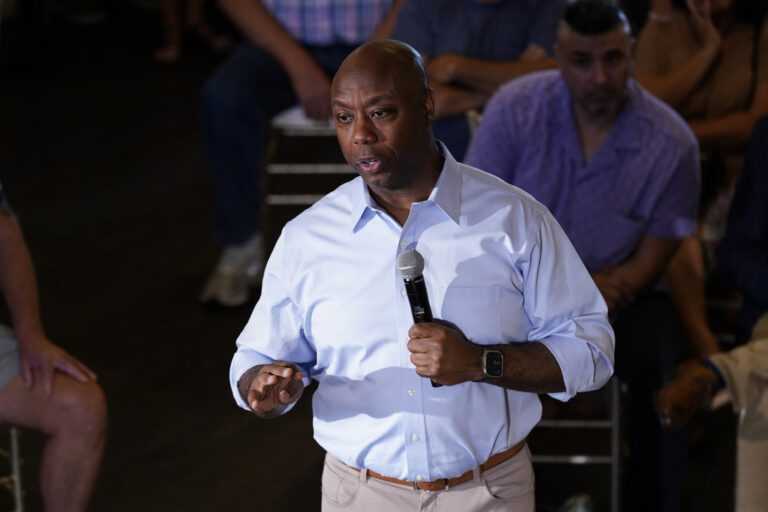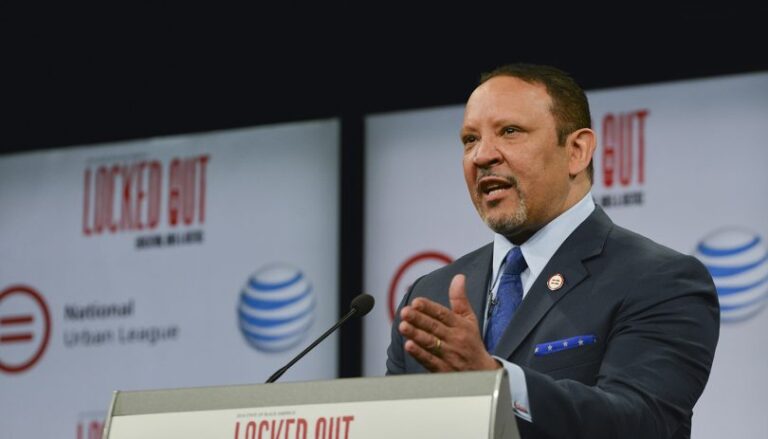PHOENIX (AP) — By the time Aaliyah Ibarra started second grade, her family had moved five times in four years in search of stable housing. As she was about to start a new school, her mother, Bridget Ibarra, saw how much it was affecting her education.
At 8 years old, her daughter did not know the alphabet.
“She was in second grade and couldn’t tell me any of the letters. I would point them out and she didn’t know,” Bridget Ibarra said. “She would sing the song in order, but as soon as I mixed them up, she had no idea.”
“I just didn’t know what letters were which,” says Aaliyah, now 9. “I know them now.”
The family’s struggles coincided with the COVID-19 pandemic that forced Aaliyah to begin her school experience online. Unfamiliar with a computer, Aaliyah was regularly kicked out of the virtual classroom, her mother said. Teachers complained she was not looking at the screen and took too many breaks.
Zoom school was especially difficult for Aaliyah because she was homeless — and like thousands of students nationally, her school didn’t know.
Homeless students often fell through the cracks during the tumult of the pandemic, when many schools struggled to keep track of families with unstable housing. Not being identified as homeless meant students lost out on eligibility for crucial support such as transportation, free uniforms, laundry services and other help.
Years later, the effects have cascaded. As students nationwide have struggled to make up for missed learning, educators have lost critical time identifying who needs the most help. Schools are offering tutoring and counseling but now have limited time to spend federal pandemic relief money for homeless students, said Barbara Duffield, executive director of SchoolHouse Connection, a national homelessness organization.
“There is urgency because of the losses that have occurred over the pandemic — loss in learning, the gaps in attendance and the health crisis,” she said. Many education leaders, Duffield said, don’t even know about federal money earmarked for homeless students — and the programs expire next year.
The number of children identified as homeless by schools nationwide dropped by 21% from the 2018-2019 school year to the 2020-2021 school year, according to federal data. But the decrease, representing more than 288,000 students, likely includes many kids whose homelessness was unknown to schools. Federal counts of homeless people living on the street or in shelters also appeared to decrease in 2021 due to pandemic disruptions, but by 2022, those numbers shot up to the highest in a decade.
In Bridget Ibarra’s case, she chose not to tell the school her kids were homeless — and she says teachers, disconnected from students by a screen, never asked. She was worried if officials knew the family was staying in a shelter, and the school was obliged by law to provide transportation, the family would face pressure to enroll in a different school that was closer.
She knew how hard the disruptions were on her kids.
“I know they didn’t enjoy moving as often as we did. They would say things like, ‘We’re moving again? We just moved!’” Ibarra said.
“When I moved, I missed my friends and my teacher,” Aaliyah said.
The stigma and fear associated with homelessness also can lead families not to tell anyone they lack secure housing, Duffield said.
“If we don’t identify children proactively, we can’t ensure that they have everything they need to be successful in school and even go to school,” she said.
Before the pandemic, Ibarra and her two children moved in with her brother in Phoenix because she was having trouble making ends meet. Then her brother died unexpectedly. At the time, Ibarra was pregnant with her third child and couldn’t afford the rent with what she earned working at a fast-food restaurant.
The family spent the next six months at Maggie’s Place, a shelter in North Phoenix that caters to pregnant women. The four of them, including Aaliyah’s infant brother, moved next to Homeward Bound, an apartment-like shelter for families, where they were living when the pandemic hit a few months before Aaliyah started kindergarten.
Aaliyah’s school, David Crockett Elementary, stuck with online learning her entire kindergarten year. Aaliyah and her older brother, joined by several other children, spent most of their school days on computers in a mixed-grade makeshift classroom at the shelter.
“It was like she wasn’t even in school,” Ibarra said.
While the shelter helped the family meet their basic needs, Ibarra said she asked the school repeatedly for extra academic help for her daughter. She blamed the struggles partly on online learning, but she also felt the school was giving all their attention to Aaliyah’s older brother because he already was designated as a special education student with an individualized education program, or IEP.
The principal, Sean Hannafin, said school officials met frequently with the children’s mom. He said they offered the support they had available, but it was hard to determine online which students had needs that required intervention.
“The best thing we could do was take that data and flag them for when we returned in person, because you need a certain amount of time to observe a child in a classroom,” he said. “The online setting is not the place to observe.”
A federal law aimed at ensuring homeless students have equal access to education provides rights and services to children without a “fixed, regular and adequate nighttime residence.”
Many students aren’t identified as homeless when their parents or guardians enroll them. At school, teachers, cafeteria staff, aides or bus drivers often notice other students whose well-being may need looking into. Students may have unwashed clothes, or many late arrivals or absences.
But with children learning online, teachers and staff often didn’t see those things.
Overall, the drop in the student homelessness count began before the pandemic, but it was much steeper in the first full school year after COVID-19 hit. The percentage of enrolled students identified as homeless in the U.S. dropped from 2.7% in 2018-2019 to 2.2% in 2020-2021.
Over that timeframe, Arizona had one of the biggest drops in the number of students identified as homeless, from about 21,000 to nearly 14,000. But there were signs many families were in distress. KateLynn Dean, who works at Homeward Bound, said the shelter saw huge numbers of families dealing with homelessness for the first time during the pandemic.
Eventually, Bridget Ibarra had to enroll Aaliyah in a different school.
After getting kicked out of low-income housing last year when their property owner sold the building, the family lived with Ibarra’s mother before finding another low-income unit in Chandler, more than 20 miles (32 kilometers) east of Phoenix.
Once the family moved, enrolling in school was far from easy. Aaliyah missed the first three weeks of the school year last fall because of delays obtaining transcripts, and Ibarra insisted she not start the year without a plan to address her delays in reading and writing. Aaliyah spent that time playing and sitting around the house.
“Honestly, Aaliyah said she didn’t care how long, because she didn’t want to go to that school anyway,” her mother said. She said Aaliyah missed her friends and was tired of moving.
At Aaliyah’s new school, Frye Elementary, Principal Alexis Cruz Freeman saw for herself how hard it was to keep in touch with families when children were not in classrooms. Several students disappeared altogether. But she said families have started re-engaging with school. The state of Arizona reported more than 22,000 students were identified as homeless in the last school year — twice as many as the year before.
Ibarra said she tried to shield as much discomfort about their living situation from her kids as possible. It worked. Aaliyah doesn’t remember much about the places they’ve stayed except the people that surrounded her family.
Aaliyah has gained ground academically at her new school, Cruz Freeman said. She still has trouble pronouncing and recognizing some words. But by the end of the school year, she was able to read a text and write four sentences based on its meaning. She is also performing at grade level in math.
The principal considers her a success story in part because of her mother’s support.
“She was an advocate for her children, which is all that we can ever ask for,” Cruz Freeman said.


